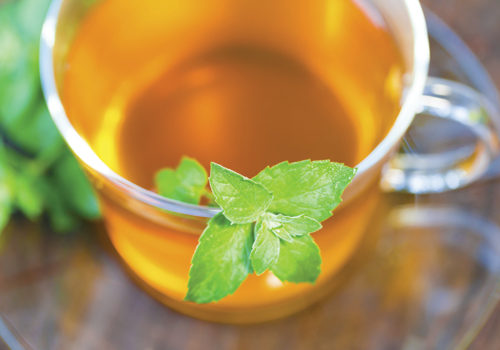Are your food demos and store promotions getting stale? Consider highlighting some of the hottest drinks on the market: coffee, tea and drinking chocolate. Here is some fun and important information to share with shoppers when showing them off.
Coffee Break
Markers of a high-quality coffee. When sampling or selling coffee, hit on what makes it special. Chances are that will include both the beans and how they’re roasted.
The bean is often Difference Number One between what’s on your shelf and the cans in a conventional supermarket. Many conventional brands prefer Robusta beans, which tend to be less expensive, easier to grow and higher in caffeine than other coffee beans. While some high-quality espresso and coffee makers use Robusta beans, many feel Arabica is of a better quality and has a better taste. Numerous companies also use organic, responsibly sourced beans.
Number Two involves the carefully crafted roasting process unique to each manufacturer. Rohan Marley, founder and chairman, Marley Coffee, Denver, CO, says his company begins by slowly hand-roasting green Arabica beans so that the roaster can control the heat and airflow, barometric pressure and humidity.
Reggie Barrow, sales manager at Reggie’s 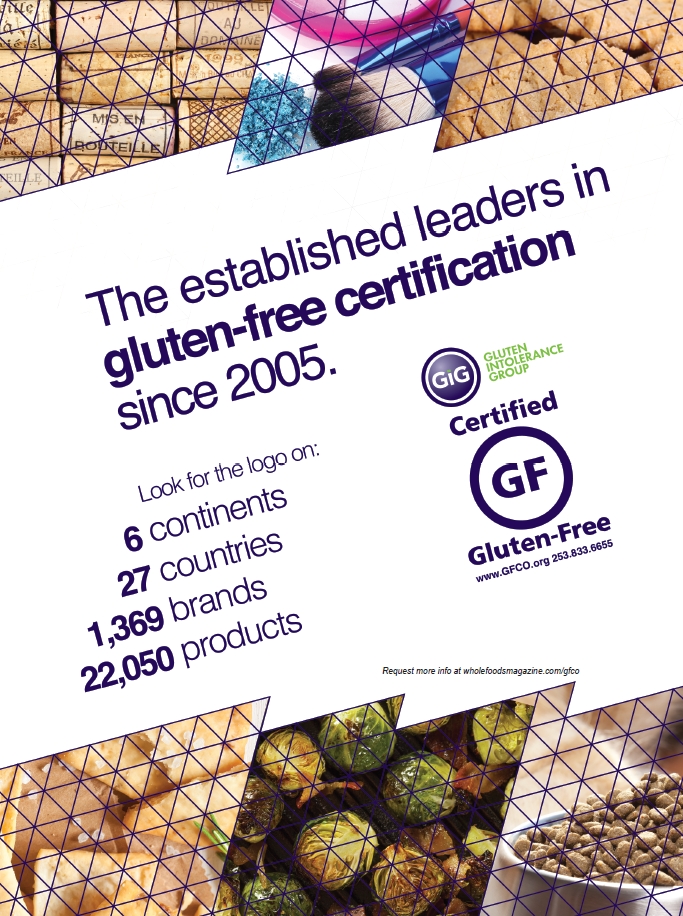 Roast Coffee, Linden, NJ, says slow roasting is also preferred by his company because it maximizes the beans’ flavor and avoids scorching.
Roast Coffee, Linden, NJ, says slow roasting is also preferred by his company because it maximizes the beans’ flavor and avoids scorching.
Companies can further optimize flavor, says Marley. “When the beans are fully developed, they should be gently smoked to enhance their aroma and flavor,” he states. “They should then be air-cooled, rather than quenching the beans at the end of the roasting process. The freshly roasted beans, or ground coffee, should be packaged immediately in order to deliver the freshest coffee.”
Piper Jones, vice president of operations at Kohana Coffee, Austin, TX, says there’s been some innovation in the area of brewing beans. Her company is a pioneer in cold brewing coffee. After slow roasting single-origin beans, the company cold brews the beans to create a smooth flavor that is about 70% less acidic than traditional coffee. “Our unique, state of the art cold brewing and bottling process captures fresh coffee flavor and aroma for up to a year after brewing.”
The end product is sold as liquid concentrates. Says Jones, “Although we favor them used in iced coffees, they also go beautifully in smoothies, ice cream, in cocktails and as marinades.”
Another outside-the-box product is herbal coffee, which is actually coffee free. Caroline MacDougall, founder and CEO of Teeccino Herbal Coffee, Santa Barbara, CA, says it’s “made with herbs that are roasted and ground to brew and taste like coffee.”
She believes the beverage appeals to both coffee and tea drinkers alike because it has a full-bodied, robust flavor, but is smooth and non-acidic. It’s also caffeine free and sweet enough to serve as a dessert replacement. “Nut flavors are all-time favorites especially for after-dinner dessert beverages because they provide delicious richness without the high calories of desserts,” says MacDougall.
An example from her line is Teeccino’s Dandelion Caramel Nut, which combines two trends: dandelion roots for healthy liver function and detox and “a delicious nut flavor that is slightly sweet from dates and figs blended with golden roasted almonds for a sweet, rich and nutty flavor,” MacDougall states.
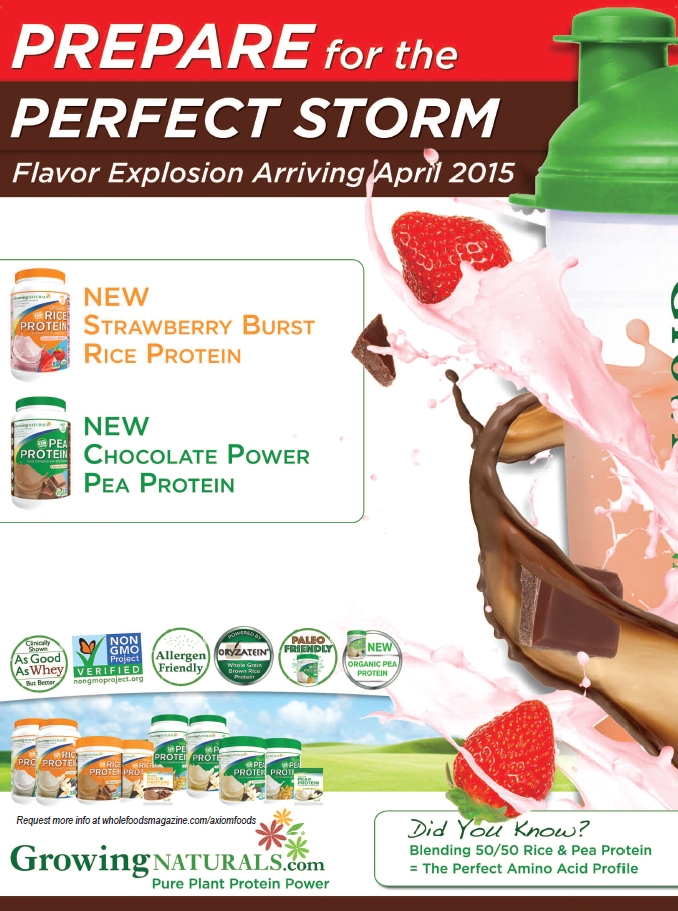 Regions, rust and rising costs. Many shoppers are in tune with the fact that different regions produce very different beans with various qualities. Weather and supply issues have been wreaking havoc in some areas. According to Barrow, “Jamaica Blue Mountain Coffee is always a high-demand product,” with a lot of demand coming from Japan and driving up prices. “The Japanese pre-pay at top dollar for nearly 85% of Jamaica’s Blue Mountain Coffee crop,” he states.
Regions, rust and rising costs. Many shoppers are in tune with the fact that different regions produce very different beans with various qualities. Weather and supply issues have been wreaking havoc in some areas. According to Barrow, “Jamaica Blue Mountain Coffee is always a high-demand product,” with a lot of demand coming from Japan and driving up prices. “The Japanese pre-pay at top dollar for nearly 85% of Jamaica’s Blue Mountain Coffee crop,” he states.
But, the supply of Jamaica Blue Mountain Coffee has diminished over the past two years thanks to the coffee leaf rust epidemic left from Hurricane Sandy in 2012. He explains that the storm “left excess moisture in the mountains, leading to the spread of the rust.” The rust hinders the plant’s ability to photosynthesize and nourish itself. Barrow calls coffee leaf rust “a global epidemic in regions such as Guatemala and also threatens organic coffee farms that can’t use pesticides to fight the leaf rust.”
Rodney North, The Answer Man at Equal Exchange, West Bridgewater, MA, says that climate change is exacerbating the spread of the fungus across Latin America: “This has been decimating the production of high-quality coffee, which in turn is pushing coffee prices higher.”
Indeed, Marley cites statistics from the International Coffee Organization, noting the average price of coffee worldwide reached its highest point in more than two-and-a-half years in October 2014 due to poor weather and yields.
“Climate and weather issues are ever-present and have been watched closely in 2014, especially with a drought affecting a large part of the Brazilian crop,” Jones points out.
What’s the outlook for 2015? “We expect this blight to persist at least through 2015 and most likely even longer,” North states.
With rising costs and less supply, it is perhaps more important than ever for shoppers to understand the value of buying fair trade coffee. This is a corporate mission at Equal Exchange, which has “contributed over $50,000 toward a group effort that is helping small-scale organic farmers cope with the crisis,” states North. In addition, he says his firm pays top-dollar for their coffee.
Also speaking of fair wages for farmers, Marley 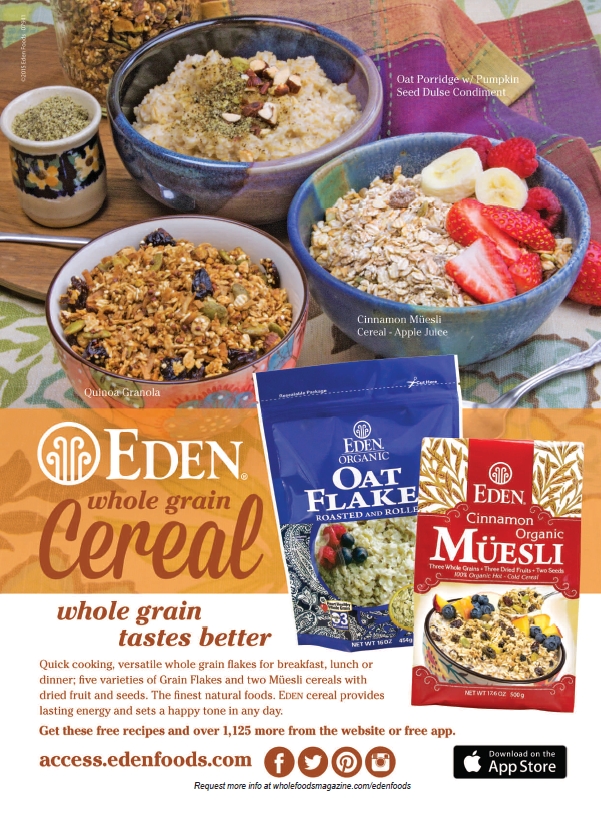 says his company has a 52-acre estate farm in the Jamaican Blue Mountains and is “dedicated to improving the lives of coffee farmers and their families in what has traditionally been a very poor rural community, while bringing the organic farming movement to the forefront in Jamaica.”
says his company has a 52-acre estate farm in the Jamaican Blue Mountains and is “dedicated to improving the lives of coffee farmers and their families in what has traditionally been a very poor rural community, while bringing the organic farming movement to the forefront in Jamaica.”
Brew the perfect cup of joe. Show shoppers that your store is the go-to local resource for specialty coffee, and create a handout with advice for home brewing.
For starters, Marley suggests using filtered water with some mineral content and avoiding distilled water, which is absent of minerals. Information from Equal Exchange suggests that coffee interacts with the minerals in water to naturally enhance the taste.
Shoppers will have to experiment to get their perfect water-to-coffee ratio, but usually brands suggest about one to two tablespoons of coffee for every six ounces of water. For the temperature, Marley says water should be 195–205 °F, which will “liberate optimal flavors within a reasonable brewing time.” To bring water to this temperature when using an auto-drip machine, Equal Exchange says to use a brewer with at least 1,000 watts. Lower-wattage units may not have enough power to let water reach the proper temperature.
If shoppers are using a French press, first, warm up the carafe by filling it with hot water and letting it sit. Dump the water, add the 195–205 °F filtered or spring water with coarsely ground coffee, put the plunger in place, steep for about four minutes, press the plunger and enjoy. “This brewing method leaves all of the coffee oils in the coffee,” Barrow states. “This will create a rich, tasty cup.”
To help preserve coffee’s flavor at home, tell shoppers that exposure to air, light, heat and moisture are no-nos. Says Marley, “Storing coffee in an airtight container away from light and moisture will help to preserve the volatile aromatics that contribute to flavor.”
As for single-serve or pod coffee products, industry has seen some entrances into the organic/natural market. Marley says that convenience is certainly their big appeal, but the trick for this market is to make them more environmentally friendly. “Our goal at Marley Coffee is to transition all of our existing RealCup single-serve coffee products to EcoCup capsules by Summer 2015, making us one of the first brands to market with an ‘ecofriendly,’ easy-to-use, recyclable, single-serve solution,” Marley states. EcoCups are recyclable, the product can be composted and the lid and filter can be discarded.
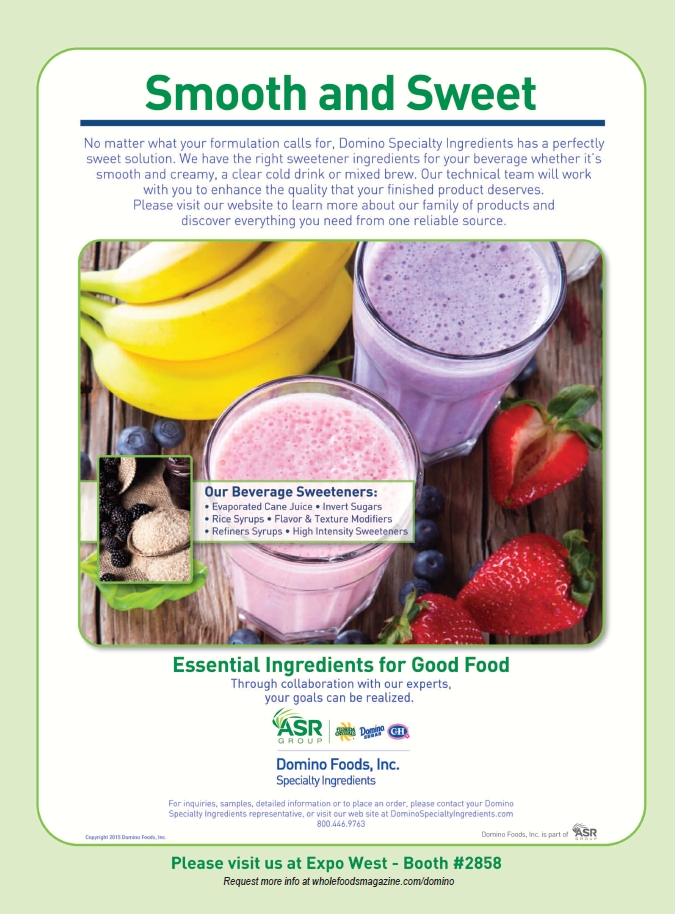 North says that the difference in eco-friendliness between a single-cup and conventional brewing system is actually neglible. “This is because single-serve brewers can be much more energy efficient and they reduce the amount of wasted coffee,” he states. His firm makes a line of organic, fair trade Keurig-compatible pods made out of recyclable #5 plastic.
North says that the difference in eco-friendliness between a single-cup and conventional brewing system is actually neglible. “This is because single-serve brewers can be much more energy efficient and they reduce the amount of wasted coffee,” he states. His firm makes a line of organic, fair trade Keurig-compatible pods made out of recyclable #5 plastic.
For shoppers looking for convenient options without the K-cup, Jones suggests that concentrates can be a time-saver by simply adding hot water without sacrificing the taste or quality of the coffee.
As for herbal coffee, the preparation is totally different. MacDougall describes it as more similar to tea. She states, “Pour freshly boiled water over the Teeccino Tee-bag and dunk it several times during the recommended three minute steeping time.”
Some Strings Attached
Popular tea flavors. People have gravitated toward tea for centuries thanks to its perfect combo of taste and health benefits—not to mention its soothing abilities!
When demoing teas in your store, why not show off the unique varieties that are coming to market? “We are seeing innovative tea varieties in a number of forms,” says Joe McKinnon, experiential marketing manager for Numi Organic Tea, Oakland, CA.
After all, shoppers love choices in the tea category. “The treasure hunt in the tea aisle is part of the joy of being a tea drinker,” states Charlie Baden, senior blendmaster at Celestial Seasonings, Boulder, CO. He suggests offering a wide selection, “balancing new and different flavor and format options with classic varieties everyone knows and loves.”
McKinnon says one of the biggest buzz ingredients of 2014 has been turmeric, “known for its culinary versatility and numerous health benefits,” and this has translated into a top tea trend, too. He says Numi added Turmeric Teas to its line earlier this year, which boast 100% organic, Fair Trade Certified turmeric.
Also spicing things up in the tea category are ginger, “which is booming this winter,” and cinnamon, which “is keeping us all warm,” states Sebastian Pole, herbal director of Pukka Herbs, Bristol, UK. He adds that matcha and licorice are also popular. Baden adds elderflower and cardamom to the list of popular teas today.
If you’re surprised that savory teas are in, Pole gives us some  insight as to why. “As people become more health aware they realize the benefits of including a diverse range of herbs in their diet and so the whole herbal arena is flourishing,” he states.
insight as to why. “As people become more health aware they realize the benefits of including a diverse range of herbs in their diet and so the whole herbal arena is flourishing,” he states.
Likewise, Valerie Skubal, sales and marketing assistant at Choice Organic Teas, Seattle, WA, says functional teas are big sellers, and her company recently launched Wellness Teas in response. Consumers are integrating teas and herbs into their daily wellness routines for both flavor and function. She states, “Popular ingredients right now include dandelion root, which can be found in our Simply Detox, and turmeric and ginger in our Easy Digest.”
But it’s not all about spice. McKinnon says his company’s chocolate tea line is popular. “After all, chocolate and tea go hand-in-hand,” he states.
And, Baden says some teas can even replace sugary sodas. He states, “Try an iced herbal tea like Raspberry Zinger instead and sweeten it to taste.”
Loose tea is showing some growth in the market, and Baden speculates that part of the reason why may be that it allows shoppers to create custom blends. It’s also often a special occasion treat, since many people view loose tea as less convenient and less portable than bagged teas. Says Skubal, “There are also those who prefer the experience and ceremony that loose leaf teas provide.” Some even believe loose teas offer a fresher, fuller flavor.
But, at the end of the day “bagged teas still reign supreme as the convenience and control of flavor are easier to maintain for the herbal drinker,” says Pole. Be on the lookout for firms that ensure the bags and strings are made with organic and/or non-genetically modified materials.
Stealth health. Some consumers are coming to tea in an effort to support overall wellness. “From green to black to white to pu-erh, and everything in between, tea is revered for its health benefits,” says McKinnon, explaining why. Tea contains polyphenols, tannins, flavonols, antioxidants and vitamins. “Depending on the tea type (green, black, white, oolong, pu-erh), each variety carries its own rich health benefits,” he adds.
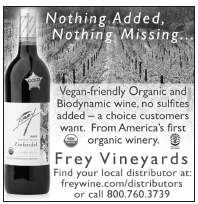 Some common teas people use for digestion support are ginger and peppermint; chamomile and lemongrass for relaxation; and fennel and aniseed for natural detox.
Some common teas people use for digestion support are ginger and peppermint; chamomile and lemongrass for relaxation; and fennel and aniseed for natural detox.
Prepping for tea time. Step one for brewing the perfect cup of tea, say the experts, is using filtered or bottled spring water. McKinnon believes tap water that contains chlorine and fluoride may negatively affect the flavor of the tea.
Steeping time varies by the tea. And remember, there can be too much of a good thing. Green tea can “develop a bitter taste if it’s steeped too hot or for too long,” says Baden. In fact, his company infuses its Celestial Seasonings Green Teas with Bai Mu Dan white tea “for a smoother taste that helps counteract the bitter taste when brewed properly,” he says.
As for exact steeping times, herbal teas may need at least five minutes to fully impart their flavors, says Pole, while black and green teas require a fairly short steeping time (three minutes or so), depending on the grade and quality of the herb. “You can only get out what you put in,” says Pole.
In general, whole leaf teas will steep more quickly than bagged varieties, and roots/barks may need more time than lighter flowers and leaves, like chamomile or tulsi. Some believe that steeping time will also affect the tea’s health properties in the end. “The longer the infusion, the more time there is for the powerful antioxidant, essential oils and colorful pigments to transfer from the herb to the water and into you,” states Pole.
Another tip comes from Baden, who says “pouring water over 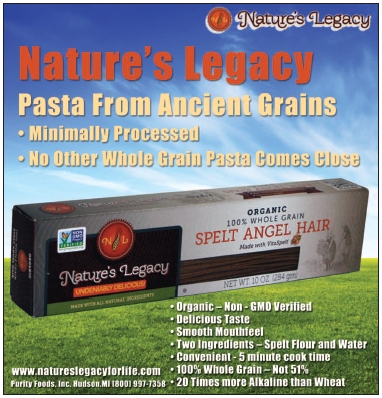 the tea bag in your cup rather than dipping the tea bag into the water” will also provide a fuller flavor.
the tea bag in your cup rather than dipping the tea bag into the water” will also provide a fuller flavor.
Here’s a cheat sheet from Baden with some approximate brewing times and temperatures.
Skubal adds that one should remove the teabag after the desired time has passed, and give the bag a squeeze during its removal to get the most flavor out of the tea. “We recommend that you don’t just let the tea sit and continue to infuse,” she states.
Loose tea drinkers may also want to avoid tea balls, which can constrict and break the leaves, resulting in a weaker cup. Rather, McKinnon suggests “using a basket-filter, tea sac or even letting your leaves free in the bottom of the pot and filtering the infusion when the steeping is complete.”
Drinking Chocolate
Shoppers may want to warm up with drinking chocolate, which shouldn’t be mistaken for your average hot cocoa. According to Heather K. Terry, cofounder and CEO of NibMor Chocolate, Great Neck, NY, “Drinking chocolate typically is less sweet and has a thicker consistency than hot chocolate.”
In addition, Drew Zandonella-Stannard, marketing manager, Theo Chocolate, Seattle, WA, explains that drinking chocolate from her company uses whole pieces of chocolate, not cocoa powder “to create a richer cup of hot chocolate” and a “full-bodied, molten cup that is perfect for sipping.”
Drinking chocolate is certainly a delicious treat, but some believe it may have added health benefits. Zandonella-Stannard says that the ancient Aztecs drank unsweetened ground cocoa for its restorative powers. “While the drinking chocolate we know and love today is quite different, the Aztecs certainly had the right idea,” she believes. “Dark chocolate is a superfood high in flavanols and antioxidants, believed to promote heart health, benefit circulation, and reduce inflammation. Drinking chocolate is no exception,” she says, noting that the health properties of cocoa are “absolutely retained in drinking chocolate, making it a decadent but feel-good treat.”
 For those looking to use cocoa for its health benefits, just be sure to look into how it’s sweetened. Terry says her company’s drinking chocolate is sweetened with coconut palm sugar, which contains magnesium and potassium. “We also use natural cocoa powder instead of alkalized which is chemically altered,” she adds.
For those looking to use cocoa for its health benefits, just be sure to look into how it’s sweetened. Terry says her company’s drinking chocolate is sweetened with coconut palm sugar, which contains magnesium and potassium. “We also use natural cocoa powder instead of alkalized which is chemically altered,” she adds.
When highlighting drinking chocolate for shoppers, you may want to consider from where it was sourced. “Like coffee or wine, chocolate has its own terroir, and each region imparts a unique flavor on the cocoa beans,” states Zandonella-Stannard.
Terry believes single-origin chocolate is increasingly popular. She states, “Chocolate is kind of like wine once you really get into it. You can really appreciate regions, processes and more.” At the same time, mixed-origin chocolate is still well received by shoppers.
What doesn’t fly with shoppers are companies that are complacent about poor working conditions for farmers. In fact, several big brands (like Hershey) have received some backlash from shoppers who wanted to take a stand against child slave labor for cocoa growing. Says Terry, “We work with Fair Trade USA and Rainforest Alliance to make sure our farmers are compensated fairly and that their quality of life is improving with every sale of a NibMor chocolate bar.” Even though the cost is higher than a drugstore candy bar, customers are willing to pay for the greater good of their fellow man/woman and planet.
Zandonella-Stannard says placing an equal value on people, planet and profit promotes a better-quality end product and improves the quality of life for cacao farmers.
In addition to the organic cocoa, North says his company also makes sure to use fair trade certified sugar grown by a co-op of organic sugar cane growers in Paraguay. “Typically, small-scale cane farmers in the global South are frozen out of the U.S. market due to our country’s protectionist trade policies,” he states. WF
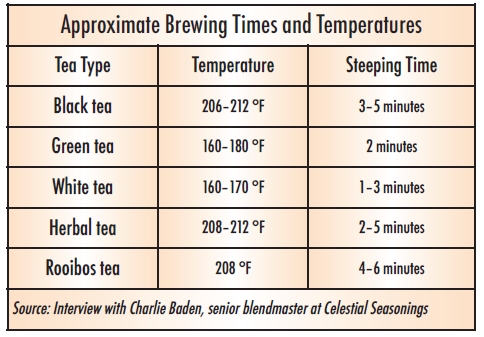
See www.wholefoodsmagazine.com/grocery for additional coverage of the category.
Published in WholeFoods Magazine, February 2015

